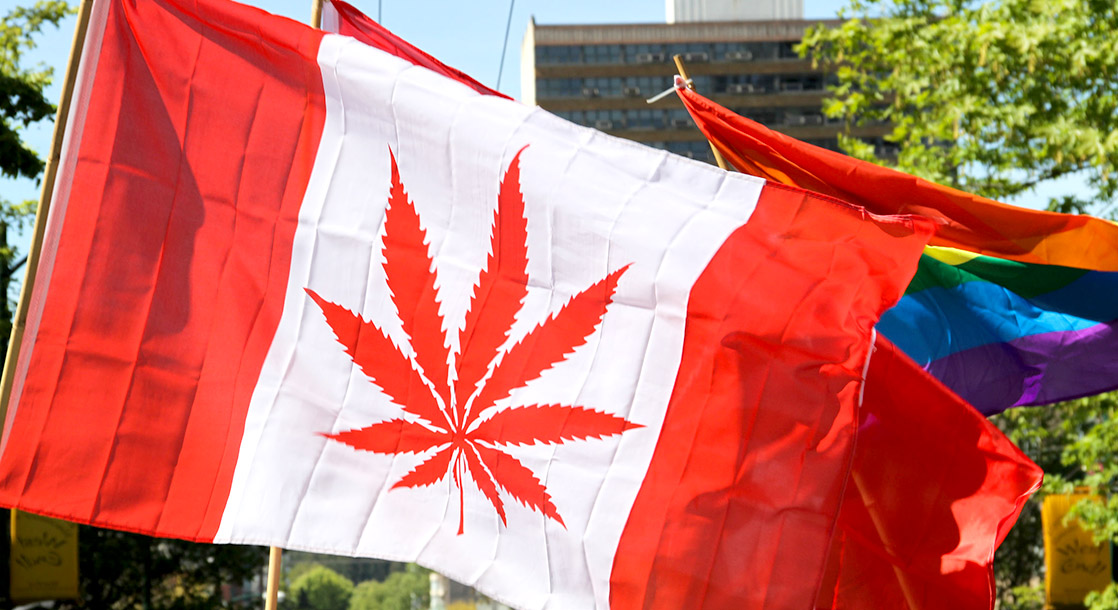Photo by Cannabis Culture/Flickr Creative Commons
Thanks to nationwide legalization, Canada has quickly turned into one of the world’s hottest cannabis destinations. Locals and tourists alike flock to the Great White North’s network of government-licensed pot shops so often that supply shortages have stood in the way of even bigger profits and bong rips. But what about life before legalization?
In a section of the United Nations’ newly released 2019 World Drug Report, international researchers claim that Canadian cannabis use rose at a ridiculously high rate during the past decade, soaring 62 percent between 2011 and 2017. With medical marijuana continually expanding during that period, and the plant’s social stigma waning, the report’s authors hypothesized that the rising rate of pot use was directly tied to the recreational cannabis measure that eventually became law in 2018.
“This is largely a result of a decrease in the perception of risk around cannabis use and of the national debate about legalizing non-medical use of cannabis,” the UN study detailed.
By 2017 some 15 percent of the Canadian population aged 15 and older (an estimated 4.5 million people) said that they had consumed cannabis at least once in their life, with 25 percent of those respondents — one million Canadians — reporting daily or near-daily pot use. But even as pot use increases, the UN report noted that teenage marijuana consumption has remained relatively steady, with Canadian high schoolers reportedly smoking less cannabis in 2017 than they did in years past.
On a local level, the study reported that British Columbia is the Canadian province with the highest rates of cannabis use, with nearly a quarter of residents (or just over a million people total) saying they’ve toked BC bud, followed closely by runners-up Nova Scotia and Manitoba.
As for how much higher those statistics can reach now that prohibition is entirely gone, UN researchers say it is still too early to tell. But with the growing industry set to break out of its supply shortage in the coming year, we wouldn’t be surprised to see those numbers continue to climb.
Follow Zach Harris on Twitter











